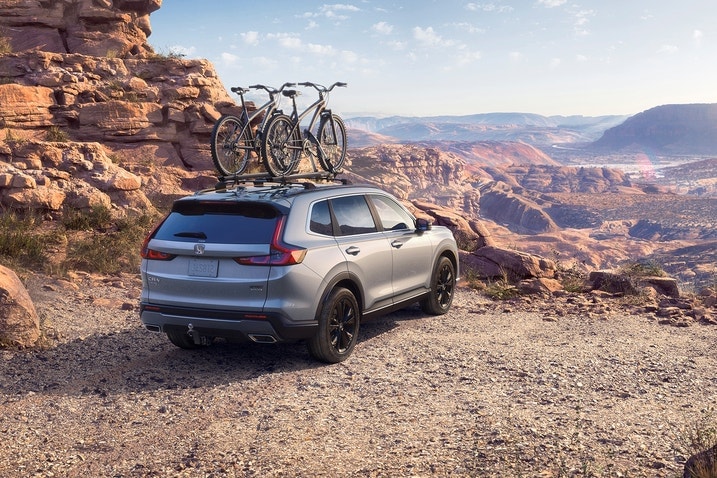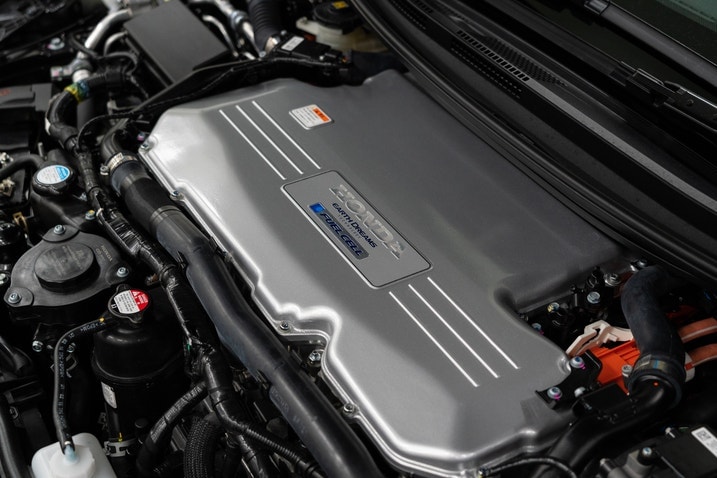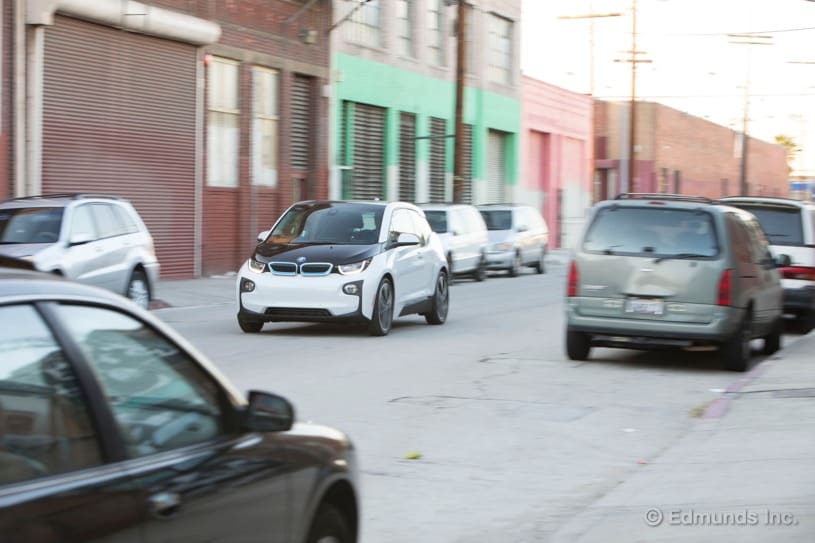Honda’s Newest Green Vehicle Will Be a Hydrogen Fuel Cell CR-V

Newly redesigned for the 2023 model year, Honda’s CR-V is more spacious and techier than its predecessors and features a tuned-up turbocharged four-cylinder engine and a reworked hybrid option. It’s a steadfast compact SUV that doesn’t call a lot of attention to itself. With the Japanese company’s latest announcement, it feels like a curve ball to learn that not only is Honda’s next green vehicle is the humble CR-V, but also that it’s going feature a plug-in fuel cell powertrain.
Way back in 2006, Honda unveiled its avant-garde FCX concept, a hydrogen fuel cell electric vehicle touted with promises of five-minute refueling and zero emissions. That nascent idea became the FCX Clarity, the first hydrogen fuel cell vehicle sold to retail customers on an extremely limited basis as a lease in Southern California. Honda finally gave up the ghost, ending production of the Clarity in 2021.

That’s not stopping Honda from trying again with the plug-in FCEV CR-V, expected to be available in 2024. The hydrogen-powered CR-V will be built at Honda’s Performance Manufacturing Center in Marysville, Ohio, using domestic and globally sourced parts. Historically used for small-batch production like the NSX, the FCEV CR-V (sheesh, that’s a lot of initials) will fit in quite well at the PMC.
Hydrogen fuel has been on a slow road to adoption despite being quicker to fill up a hydrogen car than charge a purely electric vehicle. As explained by the U.S. Energy Information Administration, hydrogen fuel cells produce electricity by combining hydrogen and oxygen atoms. It’s not new technology either: NASA was one of the first to use hydrogen fuel cells on spacecraft.

However, the Energy Information Administration says, the high cost of fuel cells and the limited availability of hydrogen vehicle fueling stations have limited the adoption of hydrogen-fueled vehicles. It’s a bit of a chicken-and-egg situation, as production of passenger vehicles fueled by hydrogen is stymied by the number of available refueling stations. At the same time, hydrogen fuel providers aren’t motivated to build more stations without hydrogen-powered vehicles on the road. As it stands currently, less than 50 hydrogen vehicle fueling stations are in service in the U.S., all but one located in California.
The difference for this model will be the plug-in aspect, which gives the FCEV CR-V the advantage of more widely available electric charging. On short commutes, vehicle owners could drive the vehicle on its electric battery alone between hydrogen fill-ups. Will that be enough to make the FCEV CR-V a viable option for more customers? We don’t know yet, but we’ll be getting more details in 2023.








